Media | Articles
The Infamous Vega Could Have Been Great, If Chevy Hadn’t Rushed
The mission of the subcompact Chevrolet Vega was clear from the beginning of the program in 1968: to be the best affordable small car in America, if not the world. It was designed top-to-bottom to perform and handle better, with better fuel efficiency, than any direct competitor from VW’s popular (anti-Detroit) Beetle to Toyota’s Corona to Ford’s size-larger Maverick compact.
That was the direction from General Motors president Ed Cole and the challenge for then-Chevrolet general manager Elliott M. “Pete” Estes. Cole, you’ll recall, was the engineering executive credited with leading design and development of the legendary Chevrolet small-block V-8 and, before that, the 1949 Cadillac OHV V-8. As Chevrolet’s general manager from 1956-61, he also championed the (later much maligned) rear-engine Corvair and its aluminum-block flat six. And he pushed such bold innovations to be market ready in record time.
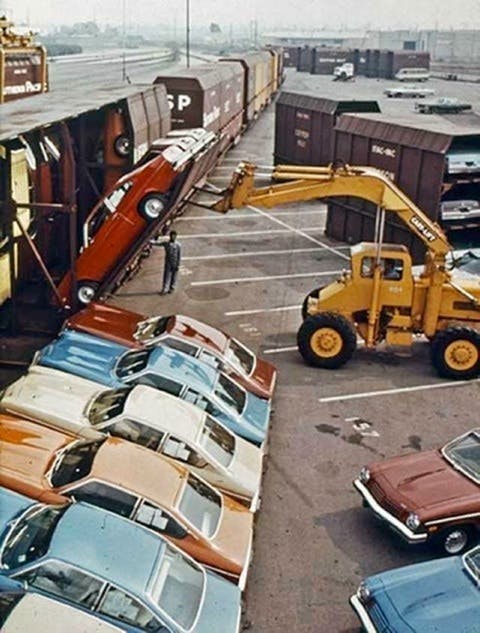
“Cole … envisioned the car as a world-beater,” wrote Michael Lamm in the April 2000 issue of Collectible Automobile magazine. “Every specification, the way the Vega was engineered and styled, its performance, handling, fuel economy, quality, durability, ease of maintenance, comfort, options, body choices, the Lordstown assembly plant—even the way it was shipped—was carefully planned and refined by the best minds in the business. The goal was to make an automobile that would cost one dollar per pound, beat the VW Beetle in quality and value, one-up the Toyota Corona in amenities and performance and outsell what GM knew was coming from Ford, the Pinto … and he wanted it in showrooms in 24 months. This was a brutally short time to design and engineer a new car, especially one that borrowed almost nothing from any other. But timing was crucial.”

As the Corvair was being shamed out of existence due to the tricky handling of its VW-like rear swing-axle suspension (though it was fixed for its third model year), the need for an industry-leading GM small car became increasingly urgent. “Detroit couldn’t wait much longer,” proclaimed Car and Driver in its September 1970 issue, which featured both the new-for-’71 Vega and rival Ford Pinto as its cover story. “The small-car market, which includes both imports and American compacts, has been growing steadily, and by last spring it had reached 29 percent of total domestic sales … Worse yet, even within the small-car market, almost half (about 13 percent of the total) is the exclusive territory of the imports. Detroit hasn’t been able to touch that … The import market has gotten too big to ignore. It’s over a million cars per year.”
The good
Initially, at least, the Vega—named for the brightest star in the constellation Lyra—appeared to meet Cole’s high aspirations. “The press was invited to ride along on an engineering trip from Denver to Phoenix,” CD reported, “and on this trip, the standard Vega proved itself capable of cruising silently across the desert at speeds above 80 mph, climbing mountains with an ease that will turn VWs green with envy, slicing through curving mountain roads with aplomb and squeezing 25 miles from every gallon of regular in the process … In handling the Vega [when equipped with the optional handling suspension] is less of an athlete than a Z/28 Camaro but much better than the standard Vega, and with the 110-horsepower engine, it will accelerate through the quarter in 19.1 seconds with the speed of 74 mph.”
Marketplace
Buy and sell classics with confidence
Lamm, who was West Coast editor for Popular Mechanics at the time, added in his Collectible Automobile story that the trip extended from Colorado Springs, Colorado to GM’s Mesa, Arizona Desert Proving Grounds, and that Chevrolet provided three rival cars for comparison: a VW Beetle, a Toyota Corona, and a newly launched Ford Maverick. “Two of the other journalists along were John Bond, publisher of Road & Track and Car Life, and Bill Sanders, technical editor of Motor Trend,” he reported. “After we’d come in from our first day on the road, Bond said that he thought the Vegas handled better than any economy car he’d ever driven. ‘The most impressive part of the trip,’ Bond wrote soon afterward in Car Life, ‘was the phenomenal cornering power of the three Vegas. None of the other cars could begin to keep up on the switchbacks of the long descent out of Flagstaff.’”
The writers on that trip, Lamm continued, all agreed that the Vegas seemed “well put together … comfortable, roomy, reasonably quiet, and fun to drive. They out-performed the three comparison cars in every way. The Vega hatchback coupe with the L-11 performance package and four-speed stick could go zero to 60 mph in 13.5 seconds, while the next-fastest car, the Maverick, took 15.4 seconds. The Corona and Beetle trailed badly at 19.0 and 20.0 seconds respectively.” (No mention of the Vega’s base 90-horsepower, one-barrel-carb engine.)
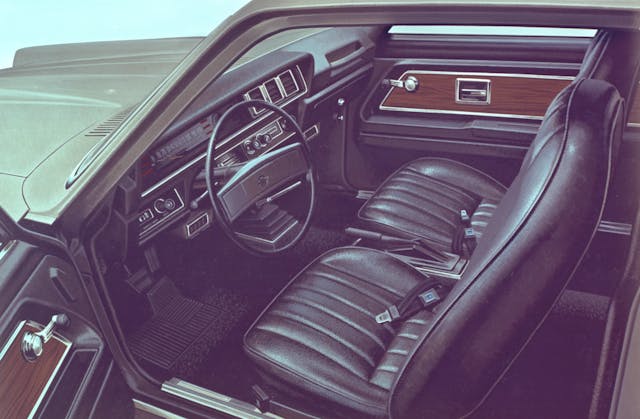
To sweeten the Vega’s appeal, multiple options were offered: the 110-horse engine, four-speed manual transmission, axle ratios up to 3.36 with limited slip, a handling package with anti-sway bars front and rear, and fat A70x13 tires on six-inch-wide styled wheels, a special interior with imitation wood, softer seats and a full set of gauges including a tach.
And, thanks to Henry “Hank” Haga’s GM styling studio—the same one responsible for Corvettes and the gorgeous 1970 Gen II Camaro—it trumped all other small cars in looks. Even the base two-door sedan boasted a ’70 Camaro-like face and a Fiat 124-esque profile, while the lower-slung hatchback, the “Kammback” wagon and the wagon-based “Panel Express” trucklet were downright sexy for their day.
“The car had great proportions, and it was an entry level vehicle, not high-end,” says Jerry Palmer, who was Haga’s assistant at the time and eventually rose to executive director of design. “It was an exciting time because that program had a lot of exposure both inside and outside of the corporation. The Fiat 124 was a target vehicle.” Former GM (and now independent) designer Steve Pasteiner opines that, “The fastback and the wagon were both nice designs. I remember seeing it in Body Development, the engineering studio. There was a Fiat 124 Coupe there also as a comparison or inspiration vehicle.”
“Vega 2300 is unlike any other Chevrolet ever built,” said General Motors vice-president and Chevrolet general manager John Z. DeLorean in an August 6, 1970 Chevrolet press release. “It meets the growing desire for an American-built car which—besides being small in size—is fun to drive, safe, comfortable, economical to own and operate, easy to maintain and long lasting in both construction and styling. Vega sets a new standard of customer value in the economy market with performance and handling far superior to any car in its field.”
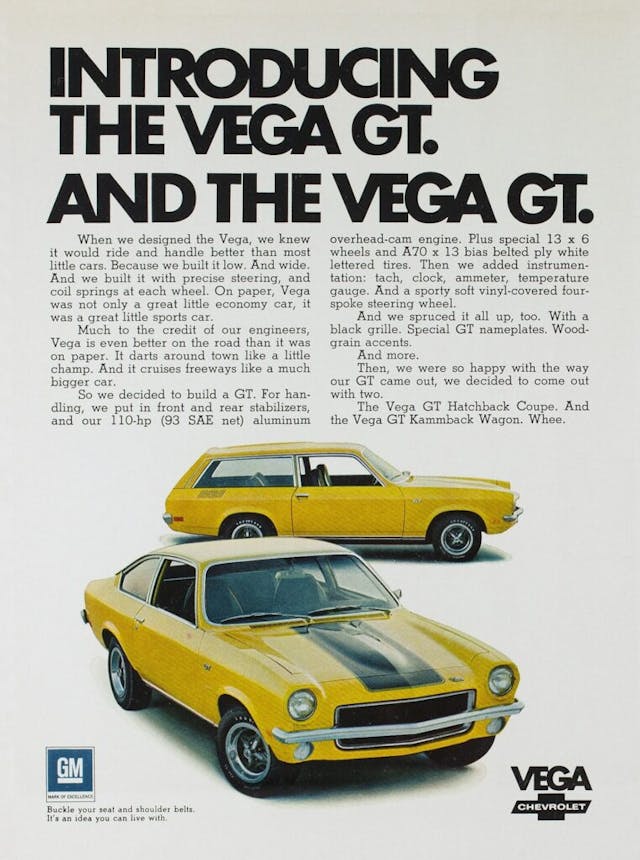
As a young Chevrolet engineer at the time, this writer had the opportunity to take home a 110-horsepower, four-speed manual, early build Vega hatchback for a weekend a couple weeks before its September 10, 1970 launch, and I was seriously impressed by the way it looked and drove. So were the friends I let drive and ride in it.
“We call it Vega 2300,” said Chevrolet’s October 1970 launch ad. “We also call it, ‘The little car that does everything well.’ Because it does. Vega moves well, stops well, steers well, rides well, handles well, responds well, passes well, travels well, parks well, wears well, and is priced well under what you’d expect to pay for such a talented little car.
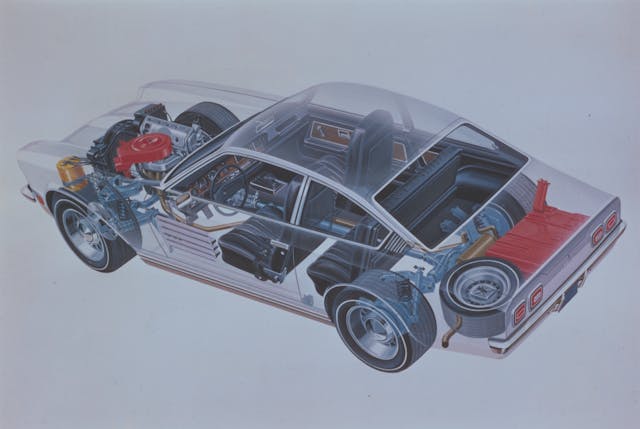
“In our highway tests, Vega has been getting gas mileage in the neighborhood of the little imports, which isn’t a bad neighborhood. Yet, unlike your average little car, ours steps right out when you step on the gas. The engine is a specially designed overhead-cam four with a lightweight aluminum alloy block. It turns slowly and quietly at turnpike speeds, with power to spare. Disc brakes are standard in the front. So are bucket seats, except on the truck.” Base price (with a three-speed manual transmission) was $2090, while the hatchback stickered for $2,196, the Kammback wagon for $2,328 and the “Panel Express” truck for $2,138.
It also impressed the editors of Motor Trend, who assembled an ARS (Conference of Automotive Research Specialists) panel that included ace racer/racing school founder Bob Bondurant, renown auto engineer/journalist/author Karl Ludvigsen and its own staff to evaluate and test the new domestic models. “In a conference room in Palm Springs, California,” they wrote, “after a grueling 4-day ride and drive that saw Detroit’s finest put through a 1,000-mile wringer, we … cast our votes and made Vega 2300 Motor Trend‘s 1971 Car of the Year.” Bondurant commented that he had been away from American cars for about five years, “and it is pleasantly surprising to see how good they’ve gotten, especially these new little ones.”
The bad
Yet Chevy’s new small car, despite its noble intent and initial promise, seemed cursed from its beginning. A massive UAW strike halted production for several weeks after just 23,000 Vegas had been built, and its innovative, single-overhead-cam, sleeveless-aluminum-block 2.3-liter (140-cubic inch) four-cylinder engine—already handicapped by a low 8.0:1 compression ratio to meet emissions mandates on no-lead gas—needed at least another year of development. GM Research had been experimenting with sleeveless (for lower cost and weight) aluminum-block engines since the late 1950s, and this one’s design started at GM Engineering, then was handed over to Chevrolet Engineering to test, develop, and optimize for production readiness. Among other issues that would surface during its early production years: its silicon-impregnated-aluminum cylinder bores tended to lose lubricating effectiveness over time, especially in cold weather, leading to piston scuffing, high oil usage (exacerbated by failure-prone valve-stem seals) and even some piston seizures.
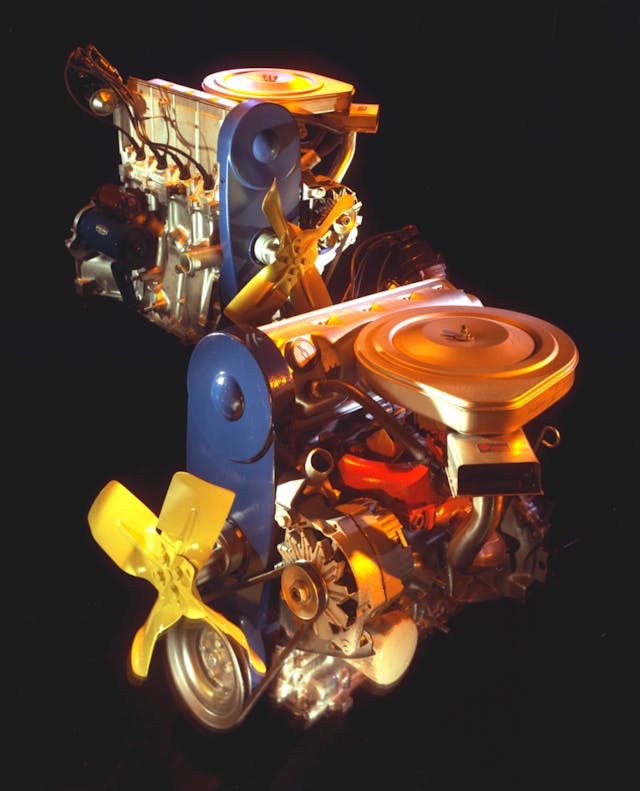
Says Ludvigsen today: “I recall being at the Vega launch and riding with [then Chevrolet assistant chief engineer] Lloyd Reuss in one of them. He was telling me how they’d done their homework by looking at similar-sized engines from other makers. Aware as I was that the BMW 1600 was a superb OHC engine … I said, ‘Did you look at the BMW?’ ‘No,’ he replied, ‘We didn’t look at that.’ That was a big oversight”—probably because they were benchmarking engines from lower-priced, higher-volume cars.
The Vega’s barely adequate, six-quart cooling system and tiny (foot-square) radiator also caused problems when owners didn’t keep them fully filled. “In combination with leaking valve-stem seals, the engine would often be low on oil and coolant simultaneously,” Lamm wrote in CA. “This caused overheating, which distorted the open-block deck, allowing anti-freeze to seep past the head gasket, causing piston scuffing inside the cylinders … Chevrolet added a coolant-overflow bottle in 1974 and an electronic low-coolant-level indicator for 1976.”

Then there was the tendency of the screws holding the optional 110-horse engine’s Rochester two-barrel carburetor’s top cover to loosen due to the engine’s strong vibration at some rpms. “The top cover would then jump up and down,” Lamm wrote, “which activated the accelerator pump, which shot raw gasoline through the cylinders and into the exhaust system. Fuel would puddle inside the muffler and eventually explode: backfire.” All these issues and more despite Chevrolet’s claimed six million miles of engine testing.
“Once on the West Coast I had a Vega loaner from GM,” Ludvigsen recalls. “I was running around on various calls, and at a certain stage the engine started running roughly. Very odd. I lifted the lid and looked around … the major screws holding the carburetor together had come adrift from the engine’s vibration!”
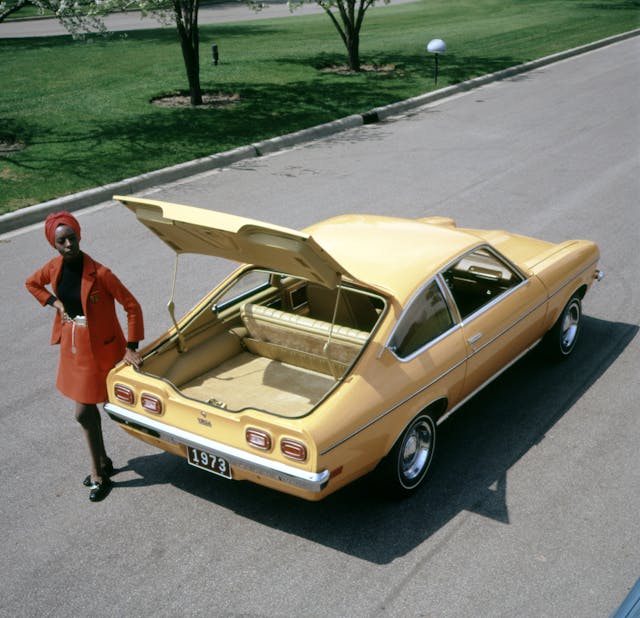
Other problems included rust resulting from GM Fisher Body’s highly touted, rust-preventative Elpo dip primering process not reaching all nooks and crannies of the Vega bodies. And some related directly back to unwise cost-cutting. The Vega program was GM’s first to be designed and developed by a cross-functional project team led by a single chief engineer/program manager, initially James G. Musser, Jr.
And Cole’s direction was to make it as inexpensive to build as possible at GM’s then-new and highly advanced Lordstown, Ohio assembly plant at the very aggressive rate of 100 cars per hour, nearly twice the typical 55-60 per hour. And when DeLorean replaced Estes as Chevrolet general manager in early 1969, he appointed Reuss to succeed Musser as Vega program manager with a mandate from Cole to “cut costs but don’t cut anything else,” according to Lamm.
Car and Driver, in the same September 1970 story that praised the Vega’s performance, handling and styling, also cited some negatives: “On the other side of the ledger, mountains have to be climbed in second gear (which is good to about 80 mph), it will stumble to its knees whenever you try to launch it rapidly from a traffic light because of its incredibly long axle ratio, and a print-out has determined that the steering could be no less than 4.4 turns lock-to-lock because everything quicker would raise the parking effort above the arbitrary maximum.”

In a December 1971 CD comparison test of six “Super Coupes, the New Breed of Enthusiasts’ Cars,” Vega finished next to last, ahead of Ford’s equally new Pinto but behind the winning Opel 1900 Rallye, a Mazda RX-2, a Capri 2000 and a Toyota Celica. “We’ve always thought of the Vega as a well-engineered car,” the article said, “but many of its virtues are blocked by some equally impressive vices. For one thing, it’s noisy—the noisiest car in the test—and most of it can be blamed on the long-stroke four, which vibrates the hell out of the car. Under full-throttle acceleration, there is a period at 4800 rpm (47 mph in second and 74 in third) that registers a full 88 dbA at the driver’s ear, and that, friends and neighbors, is NOISE. None of the other test cars were [sic] even close. [This CD test car was clearly not the one they had reported in September as “cruising silently” at highway speed.] And the Vega is considerably noisier than the others at a constant 70 mile per hour, too. The really sad part about this is that the Vega has an elaborate sound package, a thick blanket under the hood, padding under the carpet and deadening material stuck into many of the body’s underpanels, all of which contribute to its being the heaviest and slowest car in the test—and it’s still noisy.”
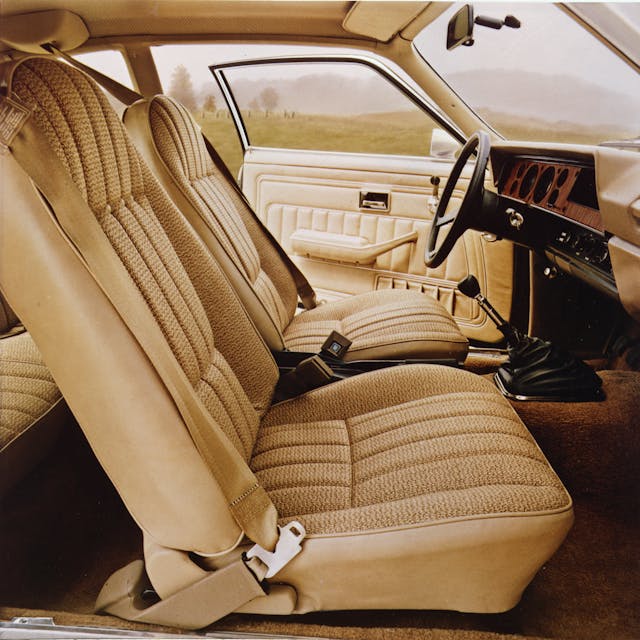
Bob Storck, a knowledgeable journalist with personal Vega experience who was a consulting engineer for GM-supported race teams and Milford proving ground contacts at the time, sums up the car’s problems: “The same Reynolds aluminum/silicon-imbedded cylinders worked great for Mercedes but with better attention to piston plating and proper aging of the cylinder bores. The attempted fixes for drivetrain vibration—heavy dampers, coatings and sound proofing—more than offset the weight savings from the aluminum block. A failure-prone cam belt that was not warranteed. The base three-speed transmission, the original two-barrel carb, the optional two-speed automatic and the iron cylinder head, all entirely price-driven. And the almost vertical nose-down shipping, which created compromises to cooling and oiling. The combination of the all-new car platform, new engine, new shipping process, new technology and new factory were too much to overcome, especially with a young activist labor group and a litany of management fiascos.”
The ugly

A few months into the build, Vega production reached 73.5 per hour, and the cars were relatively well built. “They still had mechanical flaws,” Lamm wrote, “but the quality of assembly—things like fit and finish—was not a problem.” Then in October 1971, GM’s newly created GM Assembly Division (GMAD) took over the Lordstown plant from Chevrolet and Fisher Body and angered the union workers by laying off some workers (to improve efficiency) and tightening discipline.
“Feelings between GMAD and the UAW grew progressively worse,” Lamm continued, “with management accusing workers of intentionally slowing the line and sabotaging cars by leaving off parts and doing shoddy work. The workers countered that GMAD sped up the line and cut staffing. Whatever the truth, quality did suffer and, in March 1972, the UAW called a strike that lasted most of that month.”

GM recalled hundreds of thousands of Vegas three times in 1972. The first was 130,000 cars with the optional L-11 two-barrel carburetor for potential fires caused by engine backfiring that could blow out the muffler and heat the fuel tank to where it leaked. The second was 350,000 cars with the standard one-barrel carb because an emissions system component could fall off and jam the throttle linkage. The third was 526,000 Vegas with rear axles that could separate from the car enough to drop it down on its rear suspension. At one point, safety crusader Ralph Nader went after the Vega as “sloppily crafted, unreliable and unsafe.”
The rest of the Vega’s story

To his credit, DeLorean tried hard to improve it and its reputation. He put additional inspectors on the assembly line, introduced a computerized quality control program that had each car inspected as it was finished and repaired if necessary and pushed updates and fixes into production as quickly as the system would allow.
An optional GT package (the 110-horsepower L-11 two-barrel engine, F41 handling suspension, special tires and trim) for the Hatchback and Kammback was added in mid-1971. Then for 1972 came a revised exhaust system and drivetrain to reduce noise and vibration, plus recalibrated shocks and an optional three-speed automatic. Unfortunately, further mandated emissions reductions dropped the base engine to 80 horsepower and the optional four to just 90 horsepower. The next year saw some 300 changes, Chevrolet said, including five-mph front bumpers, a new Holley two-barrel carb for the optional L-11 engine, a new four-speed Saginaw manual transmission and linkage, new LX notchback and (woodgrain-decaled) Estate Wagon models and a limited-edition “Millionth Vega” commemorative model, of which 6500 were built.
For 1974, there was new front styling, five-mph rear bumpers, a 16-gallon fuel tank replacing the previous 11-gallon tank and (in January) plastic front fender liners—after the rusted front fenders of thousands of 1971-74-models with no inner fenders or fender liners had been expensively replaced under warranty. There was also a “Spirit of America” limited-edition hatchback model. And in May of that year, Chevrolet, under new general manager Robert Lund, notified the approximately 1.3 million Vega owners at the time that it would cover under warranty the cost of any engine damage caused by overheating.

Important among Chevy’s claimed 264 changes for 1975 was new High-energy Electronic Ignition (HEI) and an upgraded catalytic converter, and the (relatively) high-performance Cosworth Vega was launched. Even as Vega sales were sagging due to its many problems, Chevy said it made another 300 changes for 1976 beginning with substantial cooling and durability improvements (including hydraulic valve lifters and long-life valve stem seals) to the 2.3-liter engine—by then delivering just 70 horses in base form and 84 with the two-barrel carb. And that updated “Dura-Built” engine was covered by a five-year, 60,000 warranty. That year also brought another facelift and a substantially upgraded chassis (shared with the new ’75 Chevy Monza) with a box-section front cross-member, larger brakes with vented front rotors, and extensive anti-rust improvements, and the slow-selling Panel Express model was discontinued.
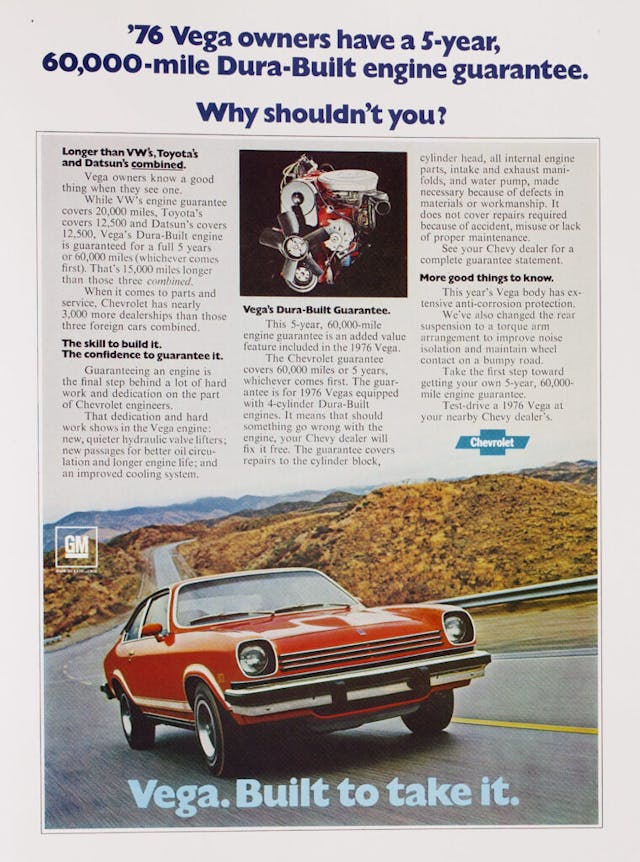
“For 1976,” Lamm wrote in CA, “GM finally started to get it right.” Among the new options were a Borg-Warner five-speed manual gearbox, a sliding glass “Sky Roof” and an eight-track tape player, and new models included a GT Estate Wagon, a notchback Cabriolet and a limited-edition Nomad wagon. Chevy’s Vega was by then a pretty good car … but way too late. And the notchback sedan’s base price had inflated to $2,984 and the more popular sporty hatchback to $3,099. Total ’76-model sales sank to 160,524 (including 1,447 Cosworth Vegas) from their ’74 post-fuel-crisis peak of 460,374.

Few changes beyond further emissions improvements came for ‘77, which would be Vega’s last model year. Just 78,402 sedans, hatchbacks and Kammbacks were built as the new-for-‘75 Monza—built on the Vega’s platform and sharing its 2.3-liter engine and powertrain—displaced it as Chevrolet’s subcompact entry. Interestingly, the Monza was designed to accommodate GM’s Wankel rotary engine, which was also intended as a Vega option (as was a V-8). But GM eventually gave up on the Wankel due to unresolvable cost, emissions, fuel economy and oil consumption problems, so no rotary (or V-8) Vegas were built.
The Chevrolet Vega was a textbook case of General Motors introducing an all-new car well before it was proven and ready, then spending multiple years and millions of dollars trying to fix it on the fly even as its increasingly bad reputation was sinking its sales. We’ve written about such cases in the past (Pontiac Fiero, Buick Reatta and Cadillac Allante come to mind), but probably none so important and ultimately disastrous as this all-new small car that GM needed so badly as the 1973-74 oil embargo was killing its bread-and-butter big cars and elevating small, fuel-efficient imports to levels they would grow and maintain to this day.
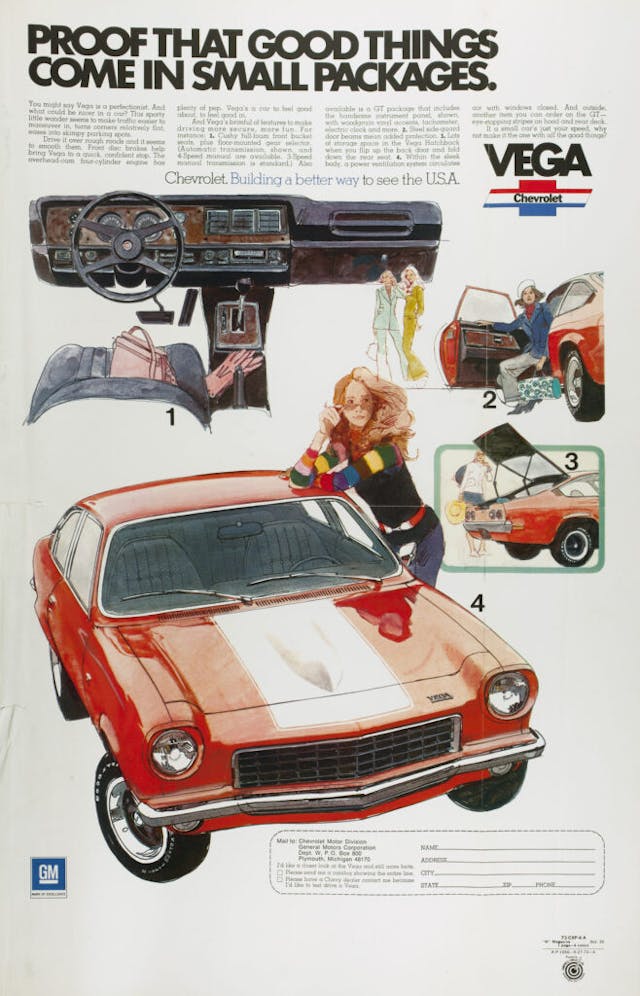
As we said up front, the Vega was not really a “bad car.” It was a brilliantly conceived, breakthrough domestic small car that was sadly cost-cut, poorly executed, under-developed and hurriedly launched to a sorry result well beyond Chevrolet’s and GM’s ability to save it.
***
Check out the Hagerty Media homepage so you don’t miss a single story, or better yet, bookmark it. To get our best stories delivered right to your inbox, subscribe to our newsletters.
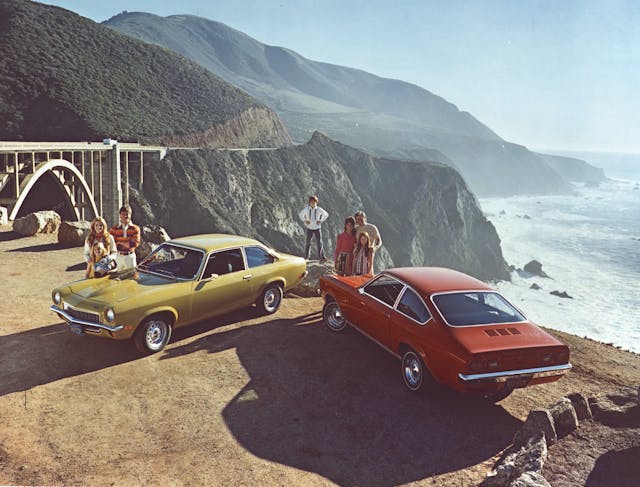








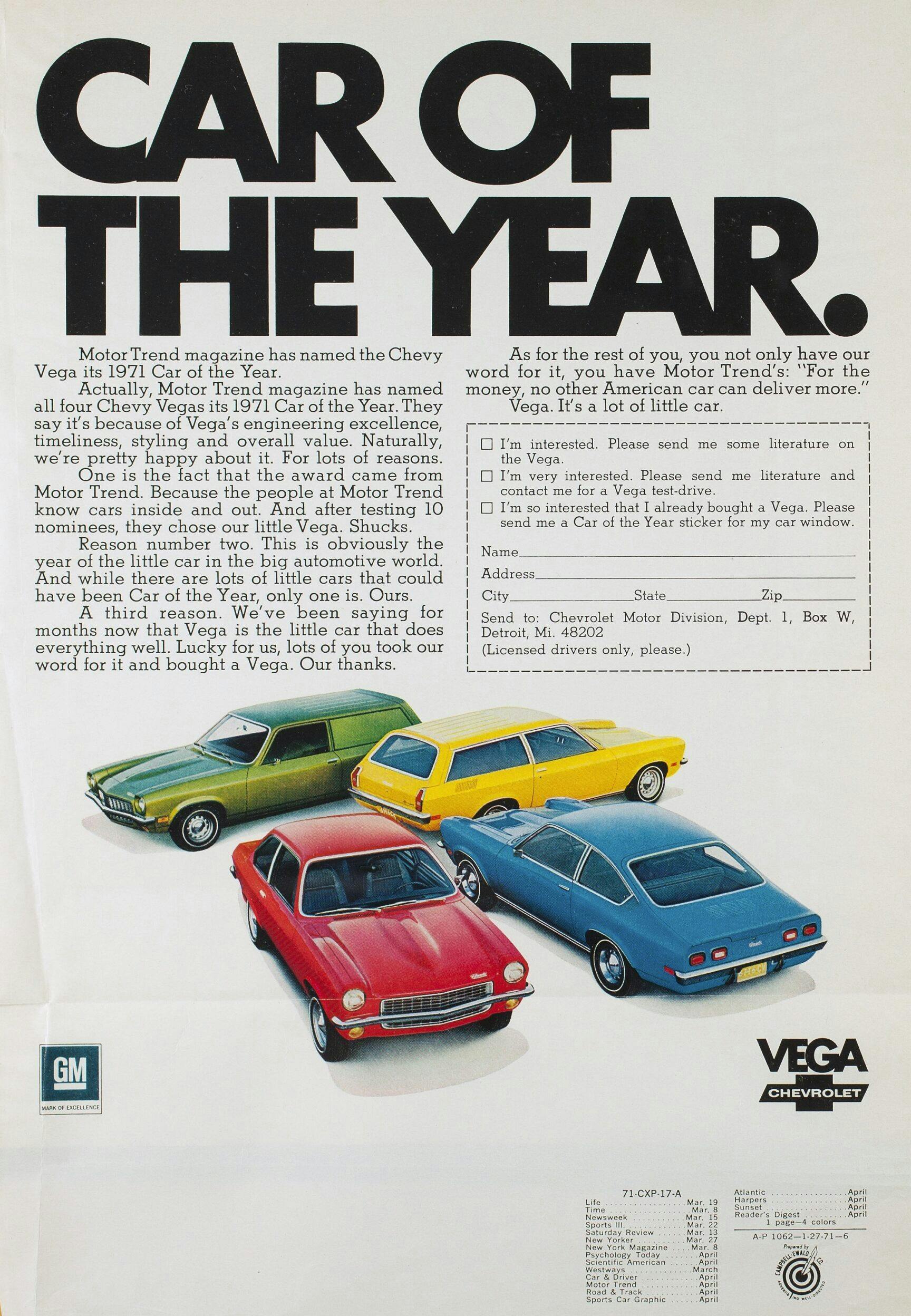

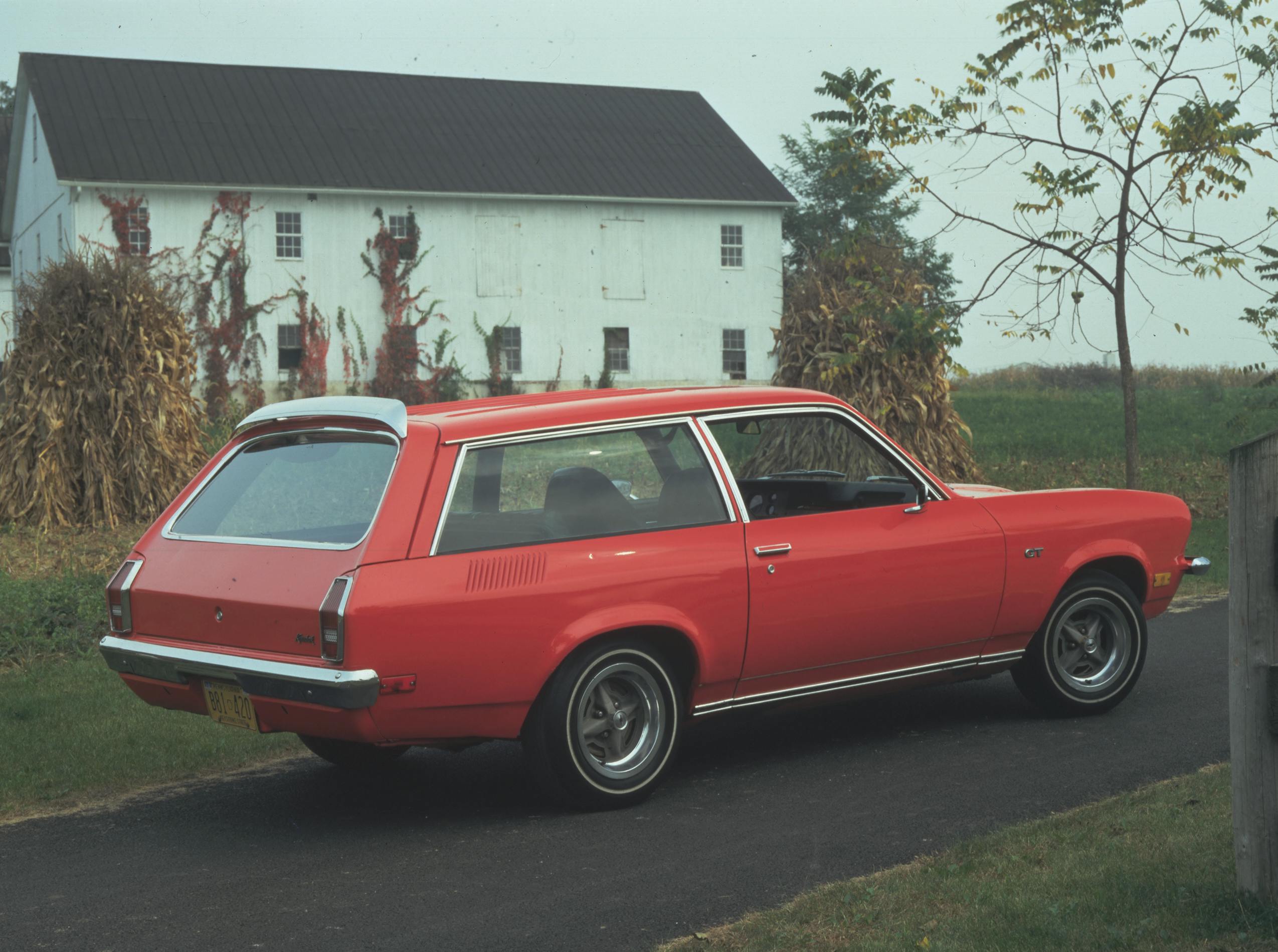
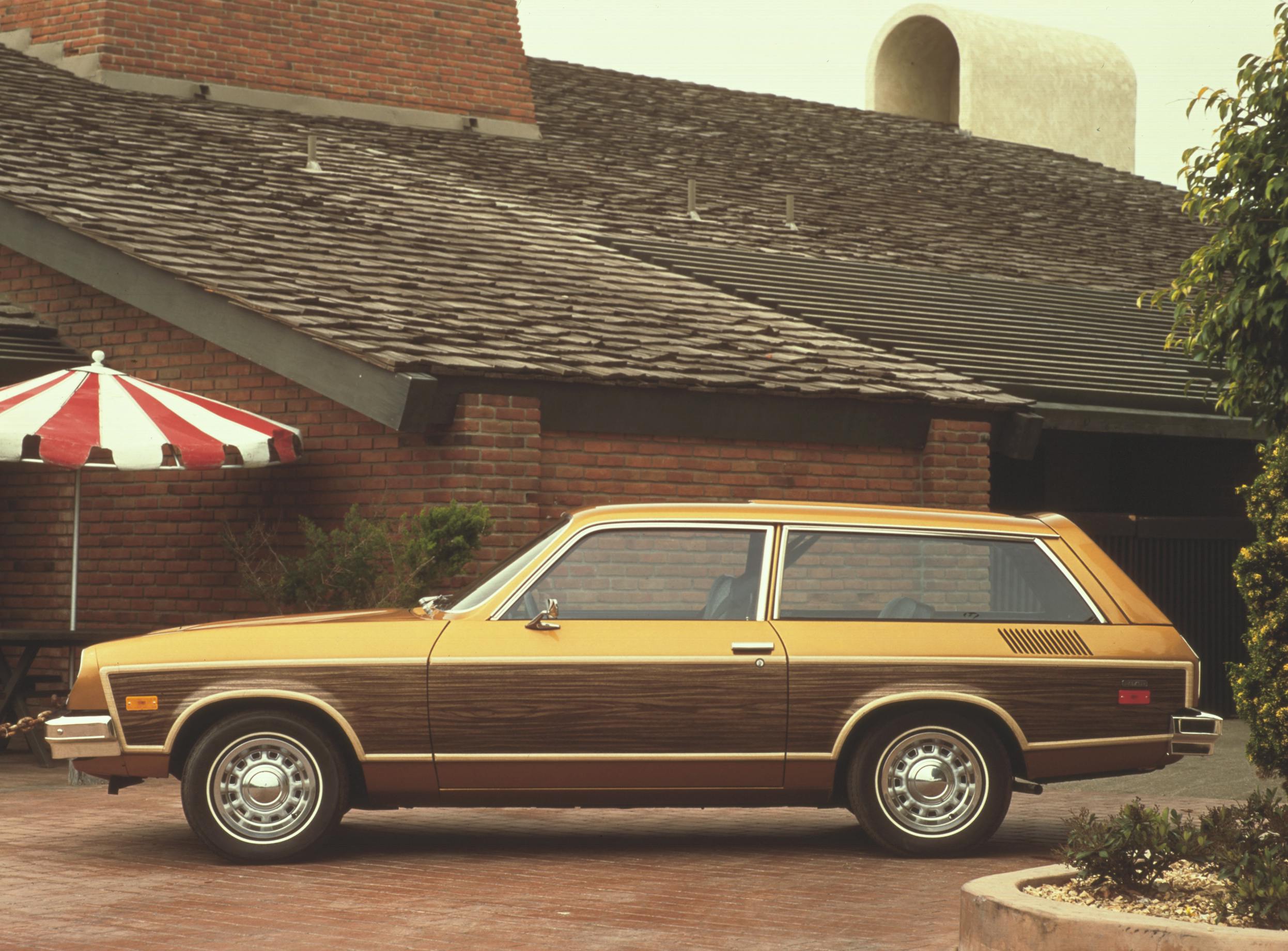
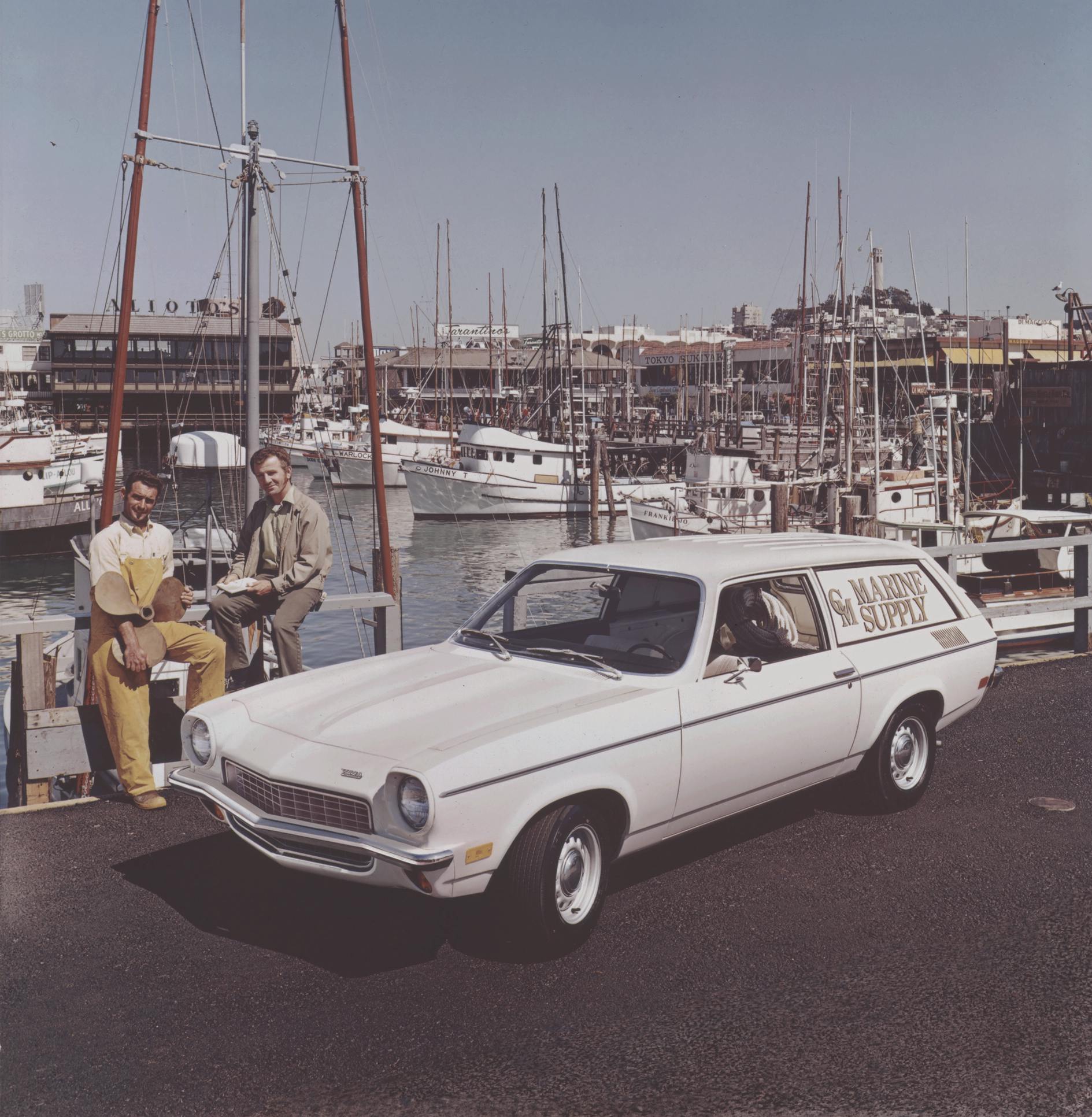
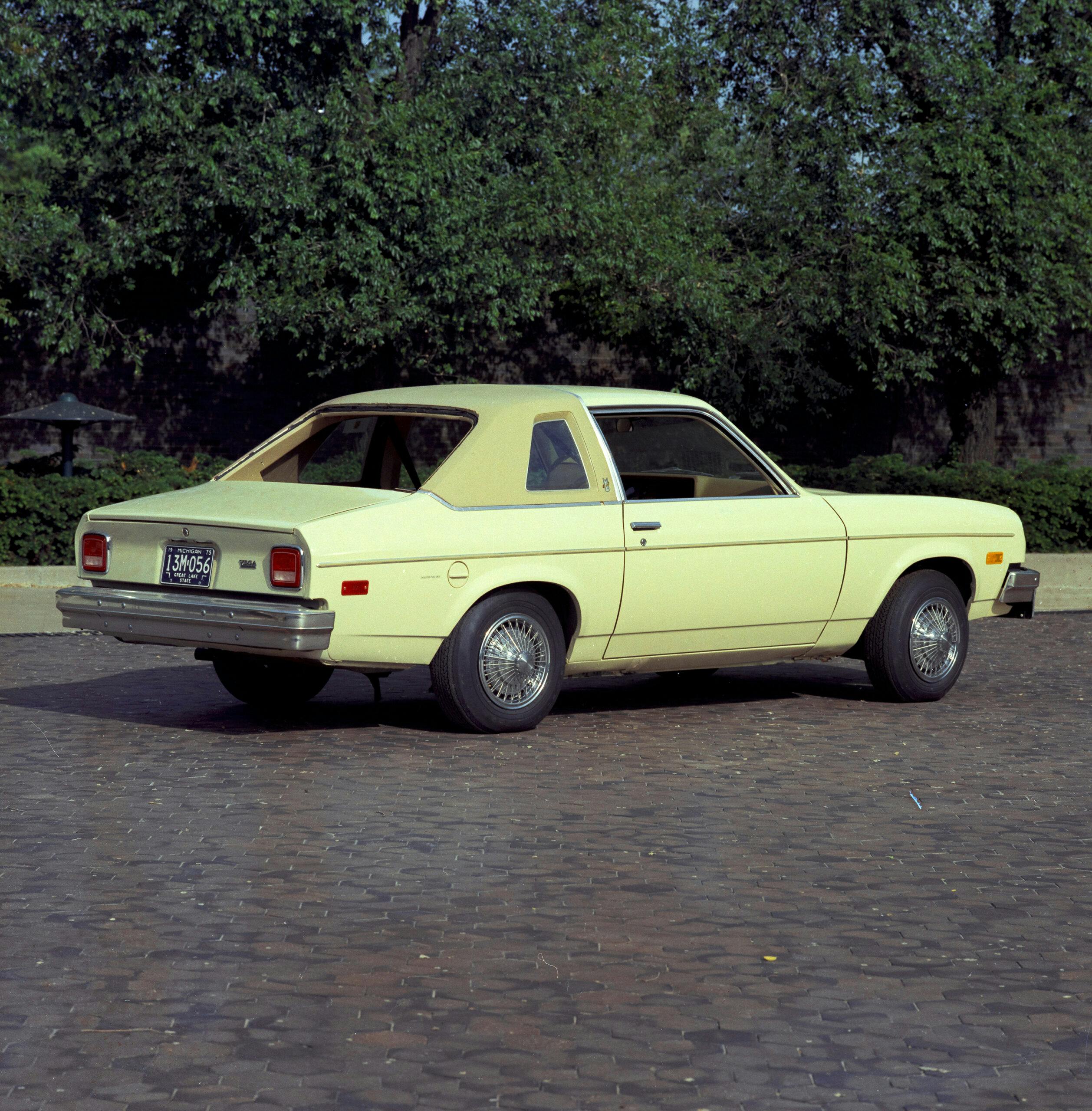

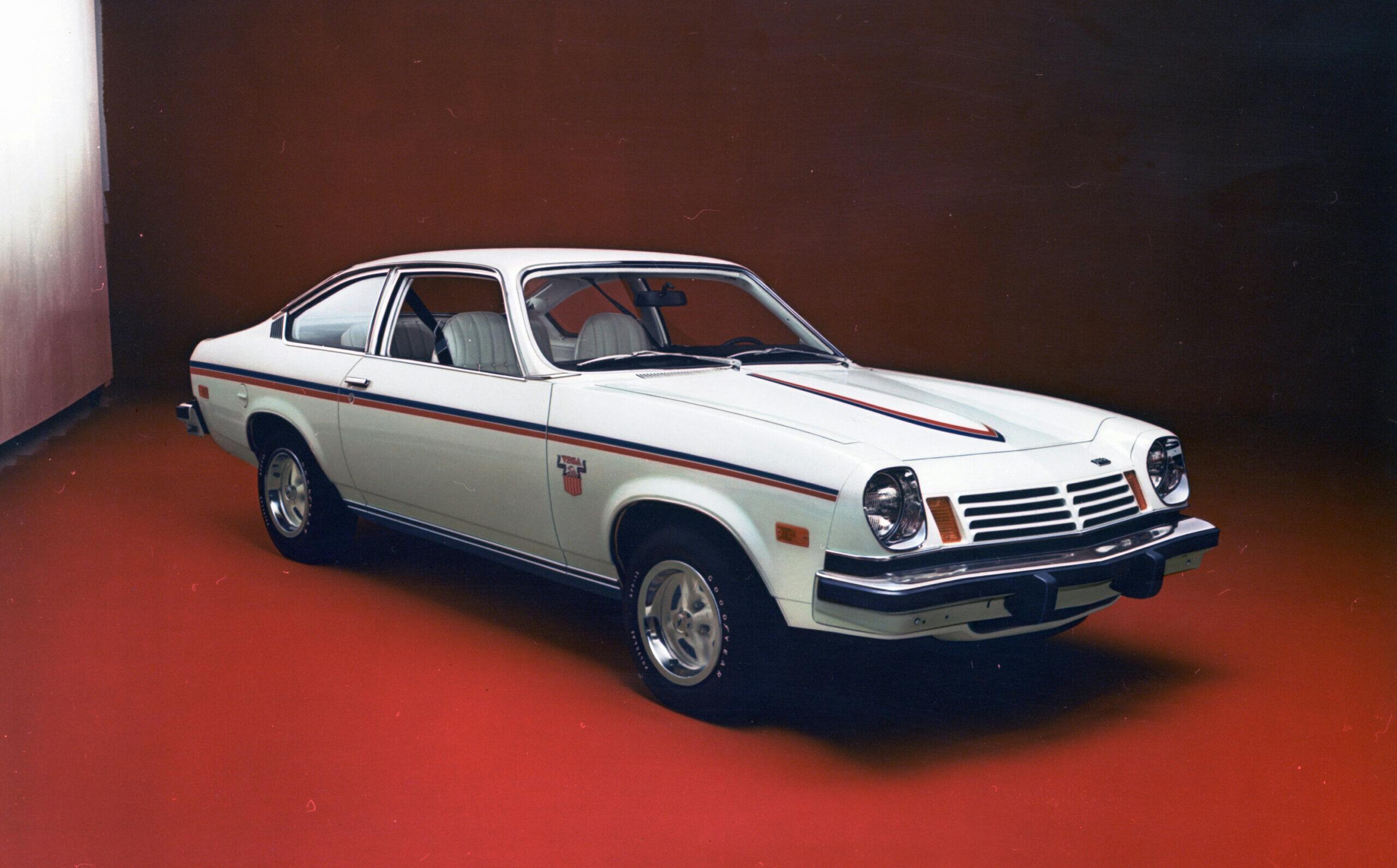
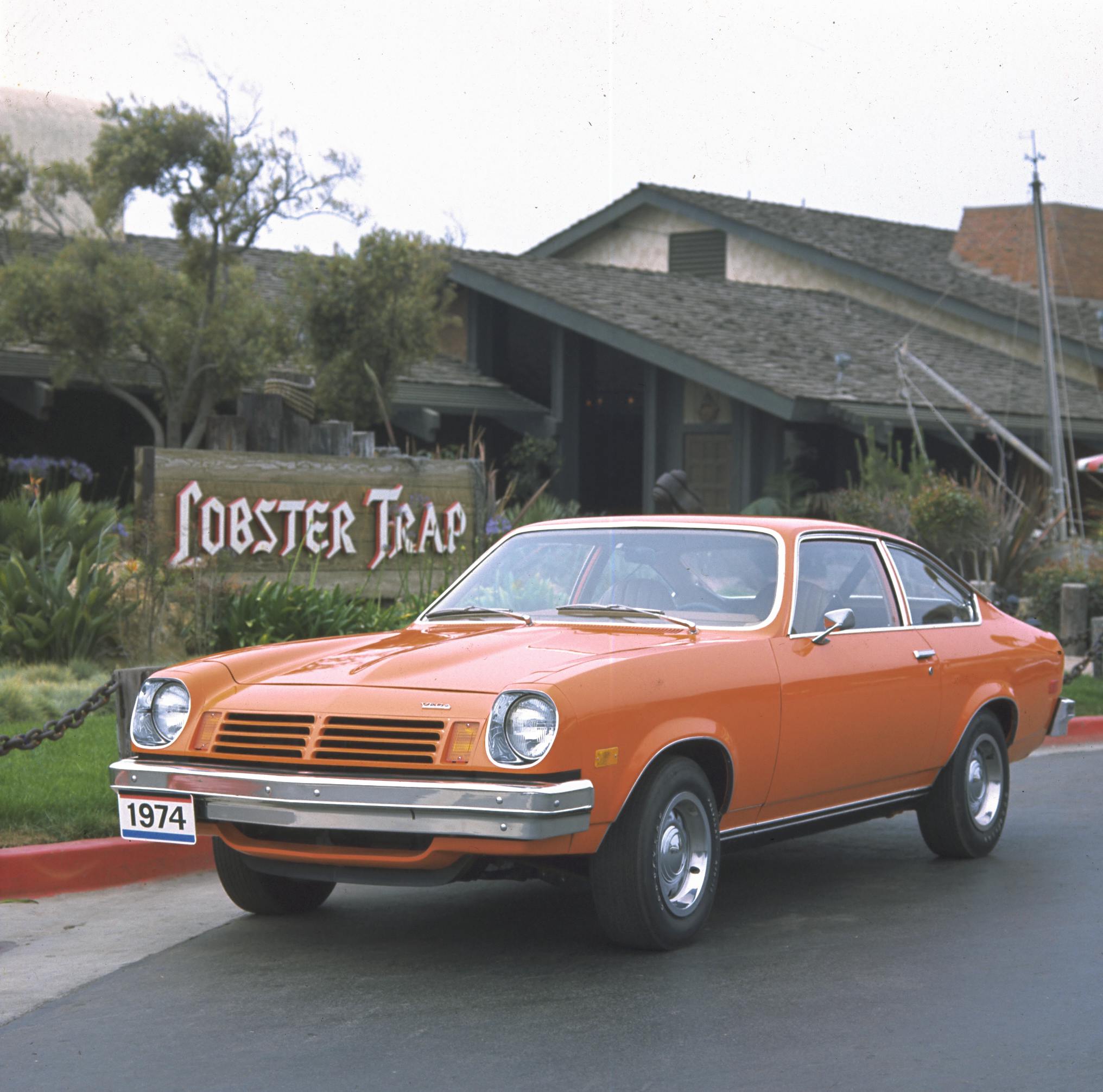
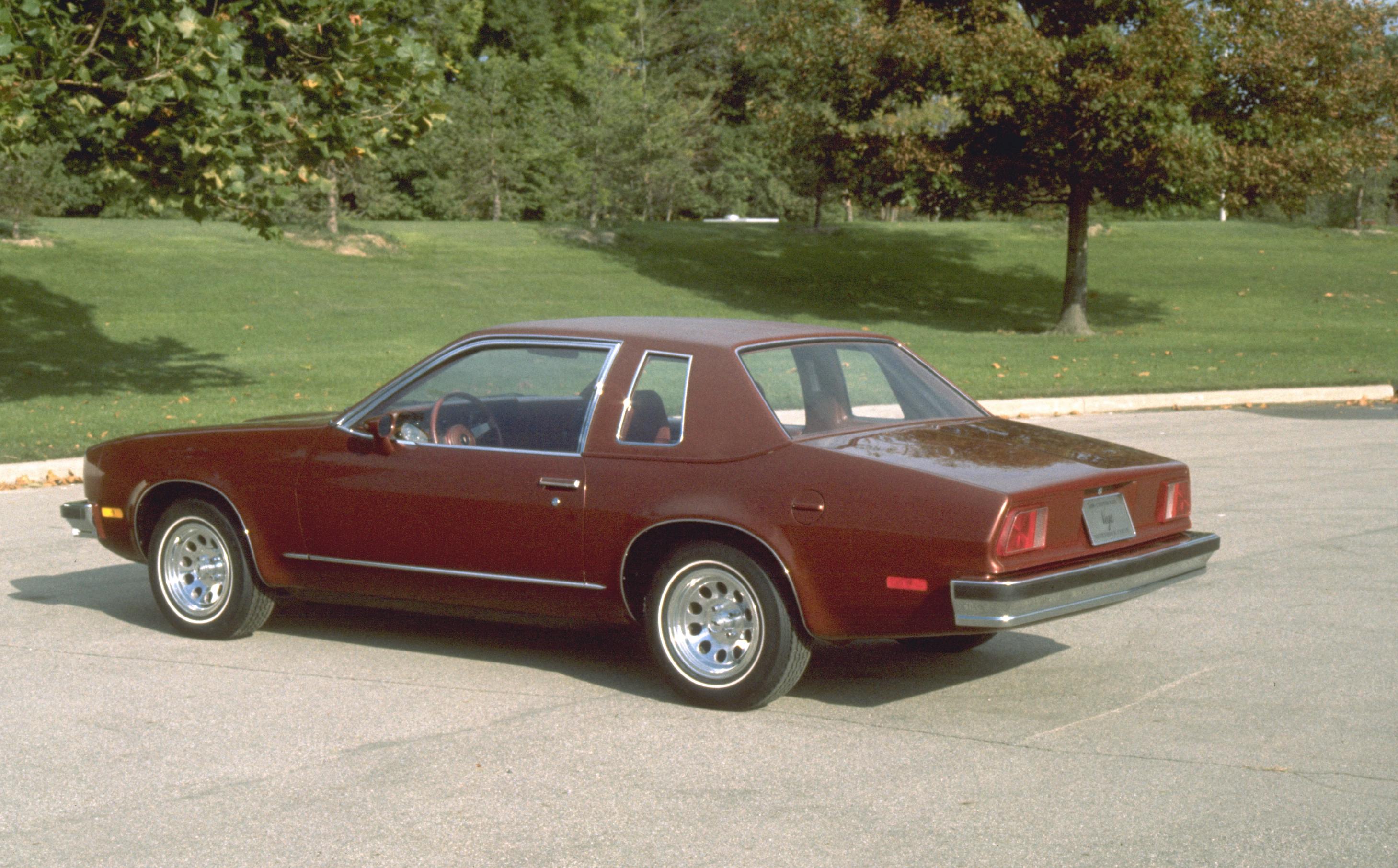









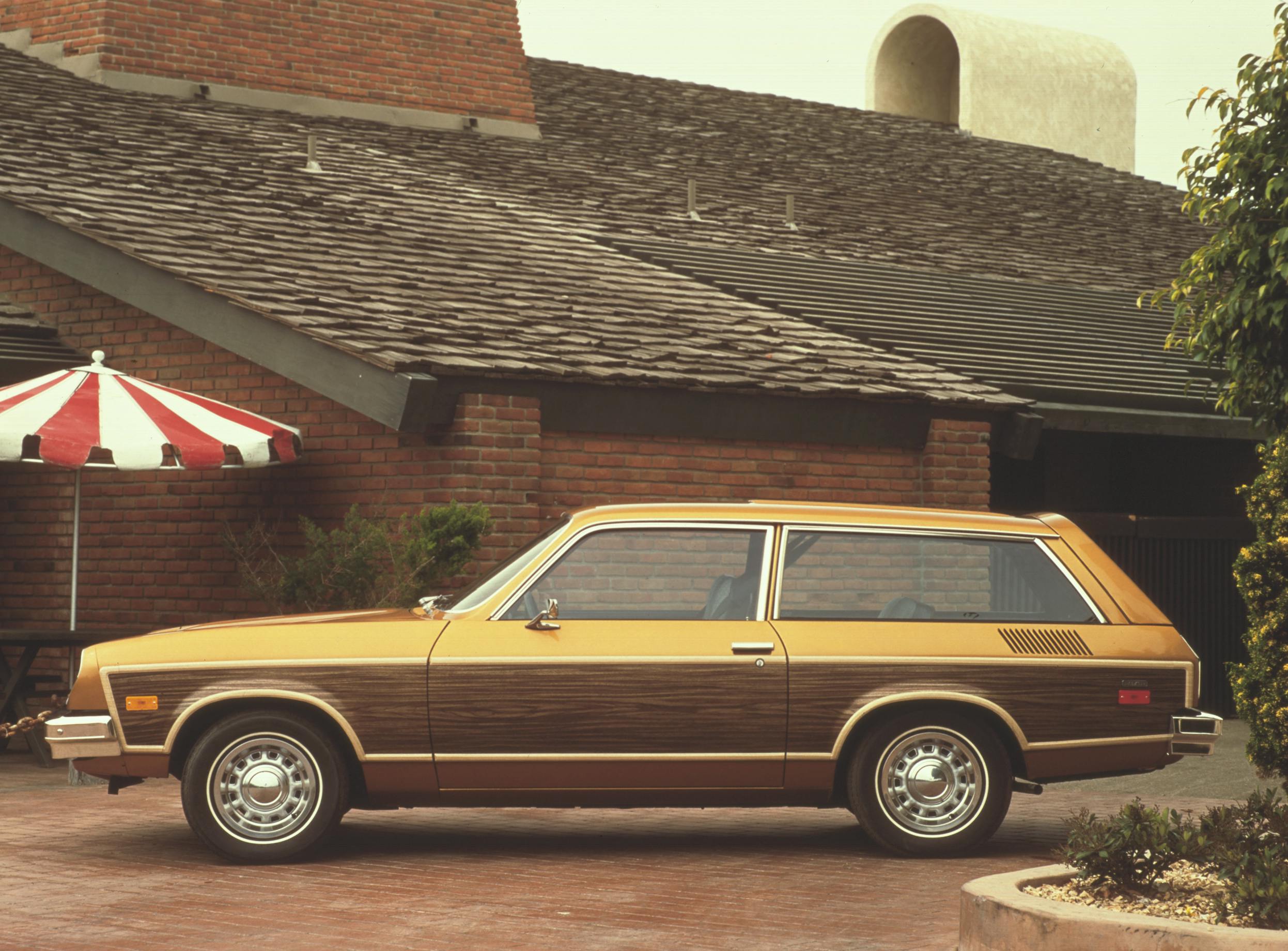



















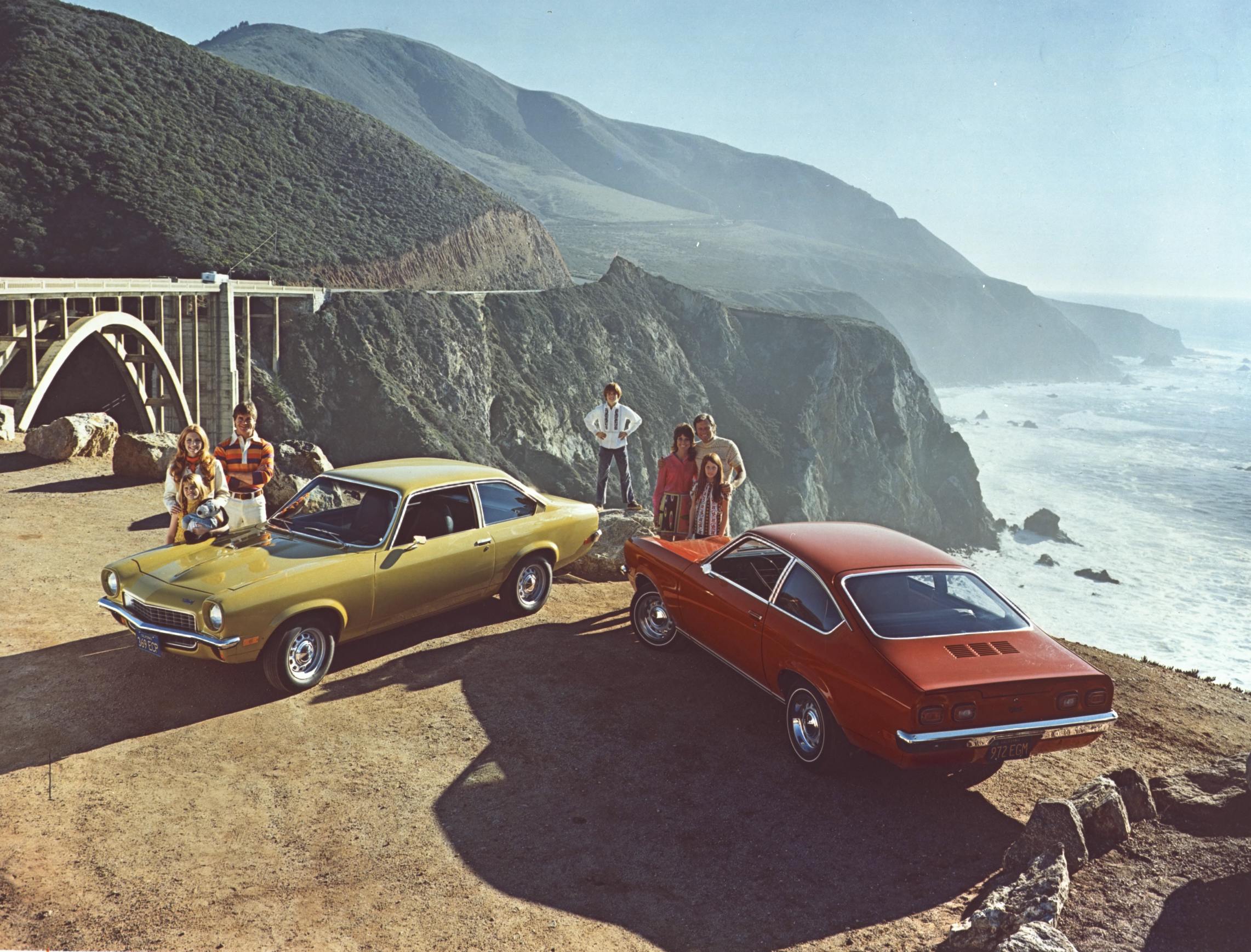
Car shopping in Hollywood FL in 1977 spotted a couple new Cosworth Vegas. Had the gold wheels and 5 spd. Were leftover 76 models that had dealer added aftermarket A/C because NO SALE in S FL!
Then saw a loaded 77 Monza Spyder with the V8 under the hood…was a blast with a few mods! Knowing the risks of H bodies, first stop was Ziebart rust proofing. No rust ever, lol.
Why didn’t GM just use the planning, engineering, etc. of the existing Opel 1900 and Manta that they owned in their Germany subsidiary company. Superb car. I bought a new ’74 Manta Lexus ( I think that is what the model was called) from Bluff City Buick in Memphis. Drove it for 13 years, 140K miles. Not a ounce of rust, interior still looked new, drove and handled so well. Why did I sell it you may ask? I was blown away by the flip up head light Honda Accords and got one in ’86.
One of many cars that got hurt by the bean counters, bureaucrats, regulations and the unions. In some ways it’s amazing GM and Ford survived the 70’s. I’ve seen a few of these with fun V8 swaps. This could have been a great small car from the 70’s.
The engine developers should have looked at BMW’s M10 engine–designed in 1961, it was used by BMW until 1987 with no more change than improved valve stem seals. That M10 block was used in F1 engines that produced over 1000 hp, and formed the basis of the S14 engine in the first (E30) M3. And as was pointed out, GM had available several excellent 4 cylinder engine available in their overseas divisions–why reinvent the wheel, especially when trying to save money in development…
But engines aside–it was rust that really killed the Vega–at least anywhere salt was used. Living in a GM town (Dayton OH–six GM plants) when Vegas were new, there were shoals of ’em on the streets. But by 1980 most were gone, and the local junkyards were full of ’em. Two examples from friends’ Vegas:
1. Going over a set of railroad tracks in his hatchback, the glass backlight shattered because the body flexed enough to torque the hatch’s frame beyond the glass’s ability to twist.
2. Another friend came out to his car after work to find the windshield had fallen out of its factory location, and broke over the steering wheel. Fortunately it didn’t happen while he was on the Interstate.
Another year or so of development and lots of testing, and GM would have had what they wanted–a stylish, decently performing small car that was ahead of its rivals. You’d think they would have learned their lesson about penny pinching and rushing to market with the Corvair…but obviously they didn’t. Have they now?
I had 2 Vega’s. A ‘73 and a ‘74. They were great in Western NY snow. I had the’73 rustproofed, but the metal around the windshield glass disappeared. I put 135,000 miles on that, never even replaced the clutch. Beat it back and forth to work for years. The ‘74 was a low mile used car. Automatic. Same deal. I must have owned the only 2 Vega’s that worked. Oh, I checked fluids often and performed needed service work on time. Nobody else ever did that. Then they wondered why they had problems. Still happening to vehicles to this day. You get what you give.
When I turned 16 and got my license in 1975, I never considered the Vega. The many reliability issues and recalls scared me off. My brother had a 1973 Pinto but no way I was getting such an ugly little car. I ended up with a Datsun B-210. I drove it for six years. It rusted like crazy in our salty area, the transmission had to be rebuilt, and in general it felt light, flimsy and generally cheap – which it was. The American cars felt heavier and better screwed together, but I liked the look of the Datsun better. We had a lot of fun in that car and I remember it fondly, but it had lots of the same problems as the Vega, and cost a couple of hundred more to buy. In the end, it was really little better than the Vega. Pretty much all my friends had similar cars and we all had the same issues. It was just the time, and not at all limited to American cars.
Best thing I ever did with my Vega wagon was to total it into 7 guard rails. 125 miles to the quart of oil. I didn’t know about sleeving or swapping with another motor. If that engine hadn’t have been such a disaster, it would have been a nice little car.
I had a early Vega GT company car and it was fun to drive and nice looking, but the most unreliable car I ever drove. It stranded me several times. One thing the article DID NOT mention was the disastrous Ed Cole decision to use a GM “engineering pool” to design much of the Vega. This offended the engineers at Chevy and worse it resulted in a total lack of responsibility for poor decisions to KEEP BUILD COSTS LOW.
I saw this “engineering pool” business model result in a military program that went so badly it was halted and a team of quality engineers was brought by the government in to FIND THE PROBLEM! It found NOBODY was really in charge! The “engineering pool” was called ever day to supply AN ENGINEER with the skills for a task. The engineer might not return for days until he was needed to do more work. So the pool and put the engineer on another job and they might not even be able to return to the original project when needed. So ANOTHER engineer would step in. When the auditors looked at a problem they would find several engineers had contributed and when each one was questioned the common reply was — I not sure what was going on, I just did the task for the day and sometimes didn’t even return and I don’t know what the other engineers did. NO one felt responsible for the overall task. Of course the engineers hated this “pool” as they could not develop an in depth knowledge of the “project” or connect with managers and feel as sense of accomplishment for seeing something through. The “engineering pool” idea was dropped like the stinking mess it was. The company was fined! The “efficiency” people who old the “pool” idea were fired.
When the GM “engineering pool” Vega was dumped in the lap of the Chevy engineers they were not happy about having to fix a mess they did not create. The Vega was a good example of poor management from the top and the beginning of GM’s downfall to bankruptcy. There were so many bad decision it is nearly impossible to see how the Vega could have succeeded. BTW the company I worked for bought Japanese cars after the Vegas. The nicest one I drove was a Mazda RX-3 wagon. Fast, smooth, reliable. Funny how Mazda made the rotary work and GM could not!!!!
Owned a silver GT for about a year until i totaled it….. ran well and looked good until that fateful day!
They forgot to mention motor trends comment about the steaming pile!
Great car when it first came out. However……
Worst made car in America.
My Grandad put a 283 in a GT.
Good grief, what horrible a horrible car. The ’71 Opel 1900 / ’72-’74 Opel Manta was a thousand times better than the piece of trash Vega or that beyond krappmobile sixties Corvair.
The Opel was better simply because the 1.9 liter Opel cam in head engine was durable and the Vega 2300 aluminum engine was so poorly engineered and executed.
Amazingly though, GM engineering would look to its past thanks to a significant re-design from GM of Brazil, the old (’62-’69 Chevy II /nova 4 cylinder) was made to be much smoother in operation thanks to GM do Brasil’s re-engineering of that chevy II engine in the very early seventies. Pontiac engineers then took the Brazilian revived Chevy II / nova 4 and made further improvements in the mid seventies beyond what the Brazillians did, such that it became the PONTIAC IRON DUKE engine as almost no parts were the same or would directly interchange with the ’62-’69 Chevy II / nova four cylinder.
Lo and behold, Pontiac began to install the PONTIAC IRON DUKE into 1977 Pontiac Astre . Pontiac did this to differentiate themselves from the horrible piece of trash aluminum 2300cc Vega engine. Why the heck do you think that Pontiac named their old fashioned ohv all cast iron 2.5 liter four cylinder engine the IRON DUKE??? —to let the potential new car buyers know that it was nothing at all like the horrible aluminum turd ohc 2300 Vega piece of crap.
GM would also look to the past for the early sixties Ex-Buick V6, which GM retired and sold off everything to Kaiser JEEP in 1965. American Motors bought Kaiser Jeep in 1970, and AMC engineers felt that their own inline six was smoother and more refined than the rough running but durable former GM/buick v6. AMC made no effort to refine or re-engineer that ex-buick V6, they simply mothballed it and stopped production of it after 1971 model year. After the oil crisis of Oct 1973, GM engineers realized that they did not have any small domestic engines that were any good, so they negotiated with American Motors and purchased back from AMC everything related to the mothballed v6. All the tooling and manufacturing components were then moved back from AMC’s plant, back to the original GM plant where it once was located in 1961.
General Motors engineering did a lot of things right………V-8 engines, Suspension Design, The Worlds Best Automatic Transmissions the TH-400 etc, The World’s Best Air Conditioning, Some of the Best Looking Bodies and Interiors, The Best Full Perimeter Frame designs and other orthodox systems. GM however has a terrible track record from 1959 onward of trying to be the state of the art–innovator with respect to the latest and most technologically advanced systems. GM , its main US headquarters also has a terrible track record of building and designing anything other than a big V-8 . Its foreign subsidiaries’ engineering have developed decent enough small cars and powerplants but General Motors has made nothing but small turds when it chose to ignore the engineering development of its foreign subsidiaries,